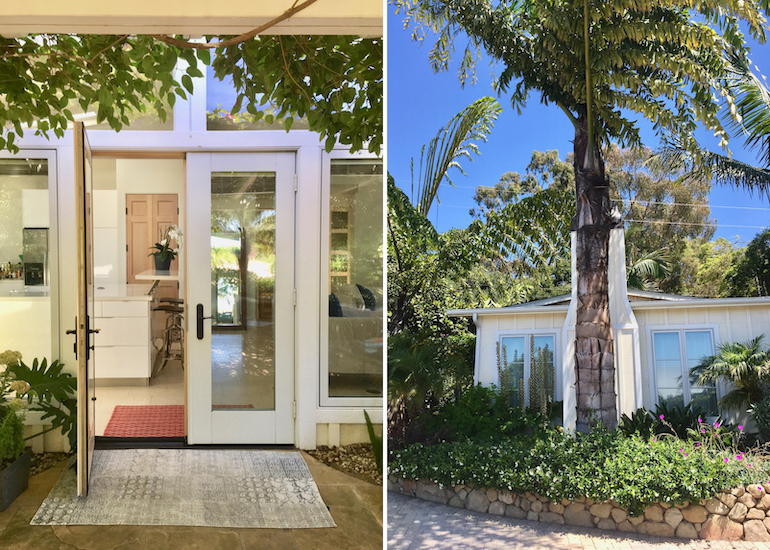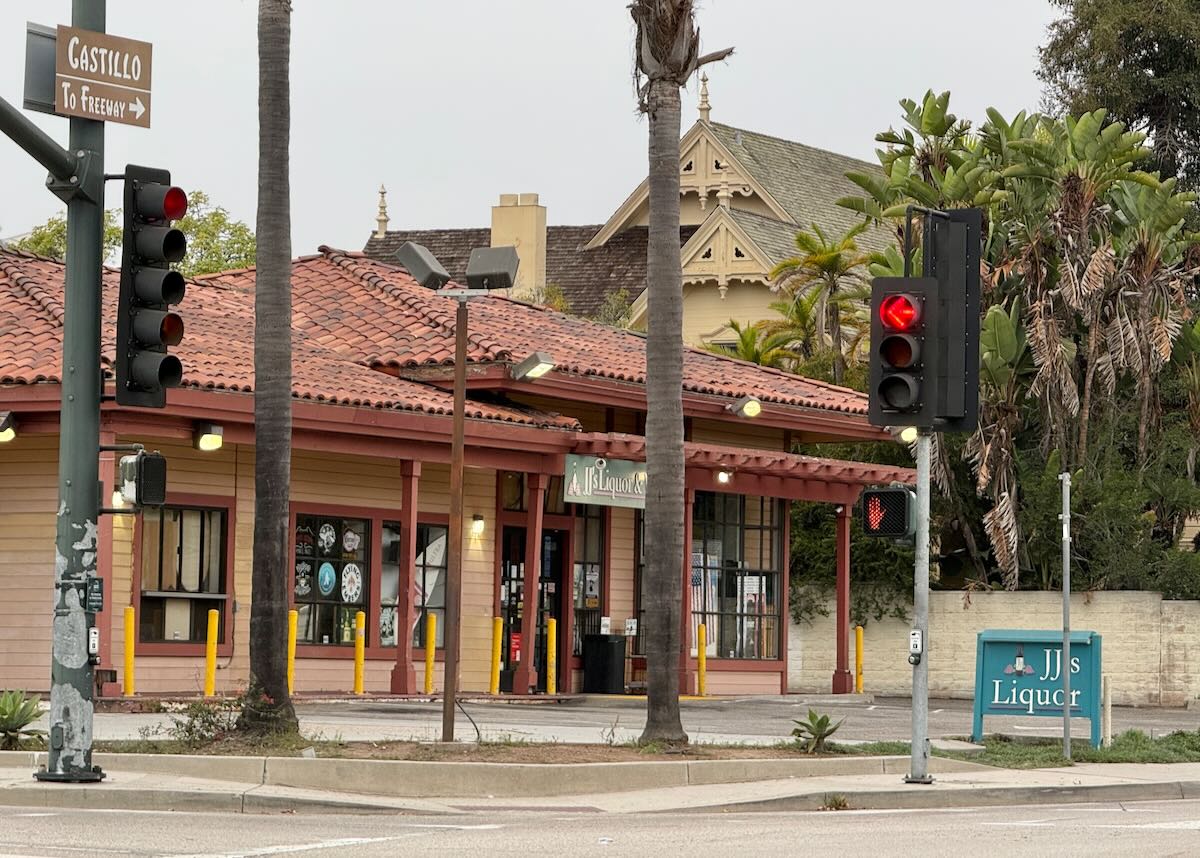The monthly newsletter from Scott Williams of Berkshire Hathaway often includes interesting insights, and his most recent issue—about changes to state laws regarding accessory dwelling units, or ADUs—is no exception. “This is one of the biggest opportunities in real estate since my career began in 1977,” says Williams, who is willing to speak with anyone about the topic further with no obligation. (The images at top are of the guest house at 2255 Featherhill Road, on the market for $5.35 million. It’s one of the more appealing guest houses I’ve seen in recent months.)
On January 1, 2020, Accessory Dwelling Units will become easier to add to more than just single-family homes. These 17 newly signed bills invalidate all local ADU ordinances and replace them with state-mandated rules.
The state of California wants to ensure more housing get built quickly. Duplexes, multi-family homes, and even Homeowner Association properties will be able to have an ADU. Some houses can even have two ADUs.
Reduced Costs and Burdens for Developing ADUs
• Cities must approve ADU applications within 60 days, without a hearing or
discretionary review.
• For ADUs permitted by 2025, cities cannot require the owner to live at the property.
• Cities cannot charge any impact fees for ADUs under 750 SF; fees for larger ADUs are limited.
• Homeowners Associations—both condominiums, PUDs, and neighborhoods like Hope Ranch—must allow the construction of ADUs.
• A city must delay code enforcement against an existing unlawful ADU to allow it to be legalized.
• All rules also apply to counties.
ADUs Subject to Automatic Approval — No Local Limits
Cities must permit certain categories of ADU without applying any local development standards (e.g., limits on lot size, unit size, parking, height, setbacks, landscaping, or aesthetics) if proposed on a lot developed with one single-family home. ADUs eligible for this automatic approval include:
• An ADU converted from existing space in the home or another structure (e.g., a garage) so long as the ADU can be accessed from the exterior and has setbacks enough for fire safety.
• A new detached ADU that is no larger than 800 SF, has a maximum height of 16 feet, and has rear and side setbacks of 4 feet.
• Both of the above (creating two ADUs) if the converted ADU is smaller than 500 SF.
ADUs Subject to Ministerial Approval — Minimal Local Limits
Even if not subject to automatic approval, a city generally must approve any attached or detached ADU under 1,200 SF unless the city adopts a new ADU ordinance setting local development standards for ADUs. If a city adopts such an ordinance, it must abide by the following restrictions:
• No minimum lot size requirements.
• No maximum unit size limit under 850 SF (or 1,000 SF for a two-bedroom ADU).
• No required replacement parking when a parking garage is converted into an ADU.
• No required parking for an ADU created through the conversion of existing space or located within a half-mile walking distance of a bus stop or transit station.
• If the city imposes a floor area ratio limitation or similar rule, the limit must be designed to allow the development of at least one 800 SF attached or detached ADU on every lot.
Adding Units to Multifamily Properties
For the first time, the new laws allow units to be added to multifamily buildings. Cities must permit these types of units in multifamily buildings without applying any local development standard. Some standards for multifamily buildings won’t be finished before spring:
• New units within the existing non-living space of a building (e.g., storage rooms, basements, or garages). At least one unit and up to ¼ of the existing unit count may be created this way.
• Two new homes on the same lot as the multifamily building but detached from it, with 4-foot side and rear setbacks and a 16-foot maximum height.



















Comment: